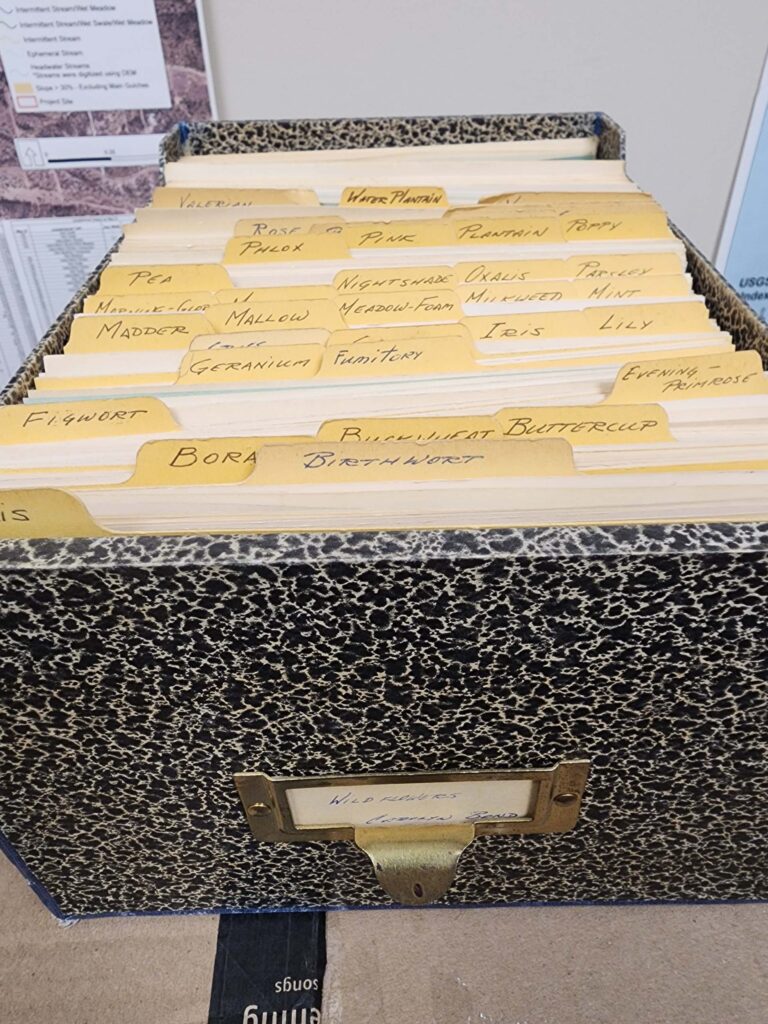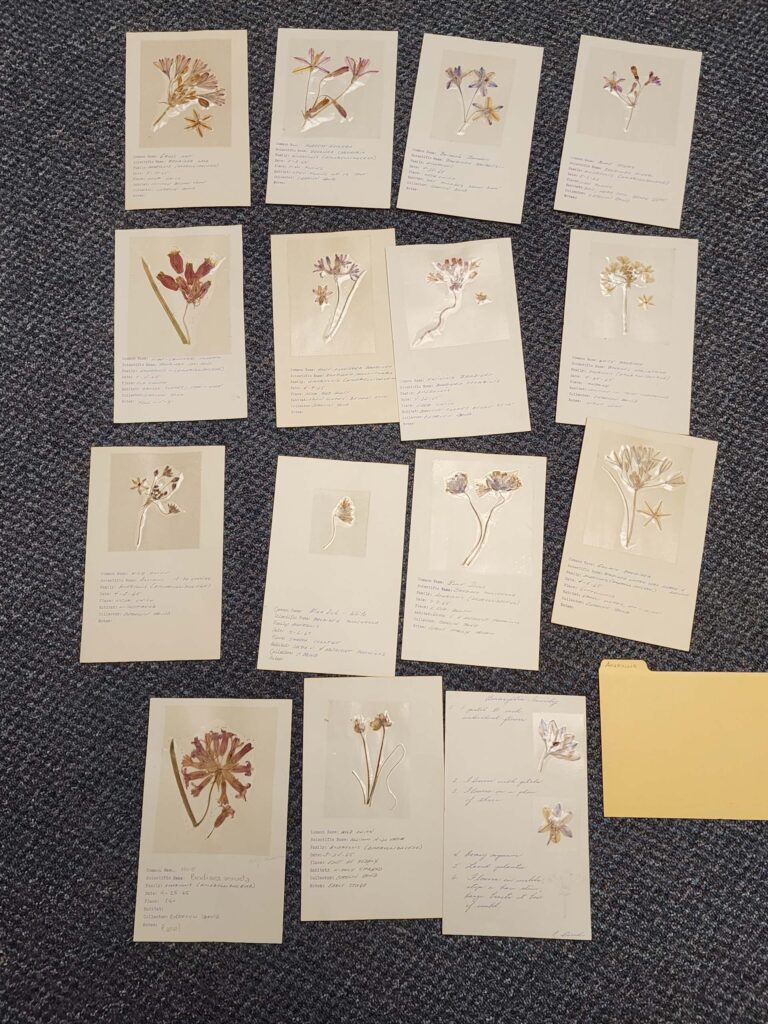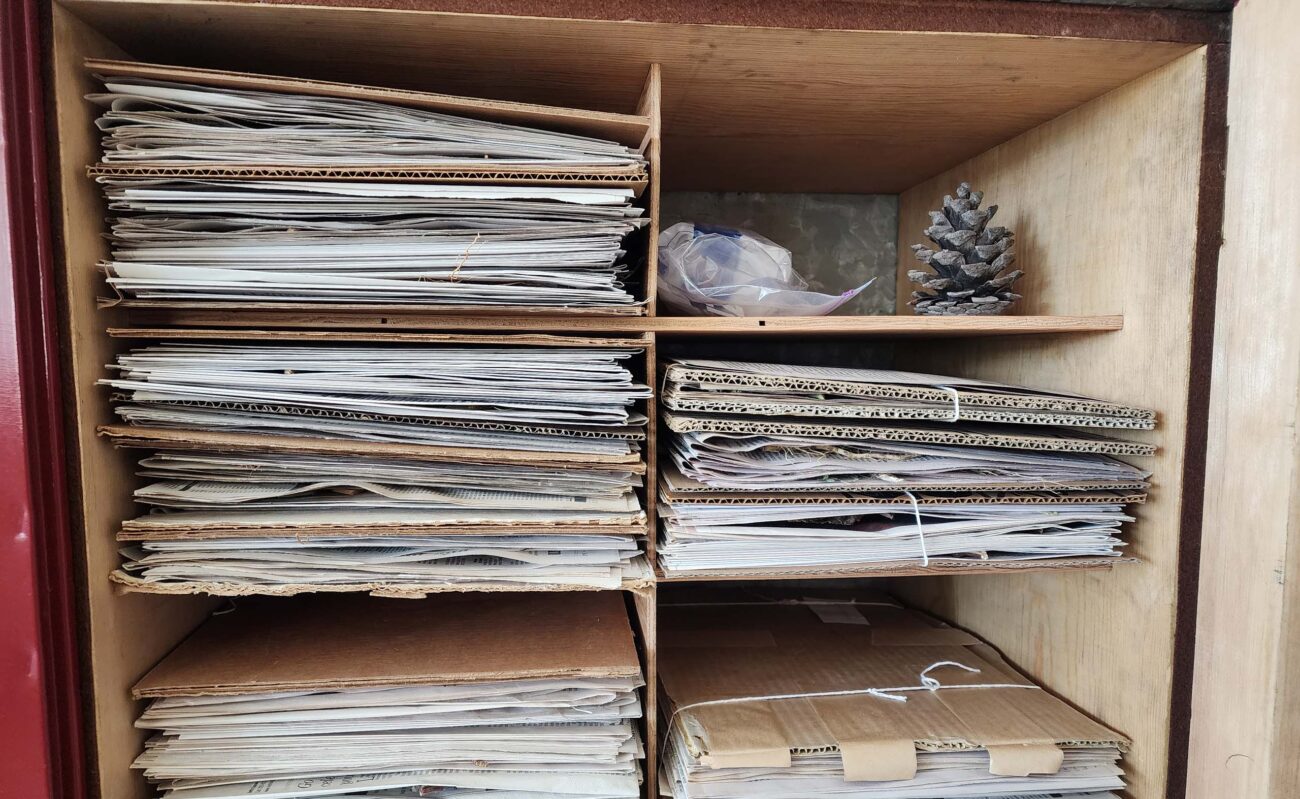
What do you do with two homeless herbarium cabinets chock-full of pressed plants? That was the dilemma facing Turtle Bay Museum staff last month. The cabinets contained hundreds of pressed plants collected in the early 1990s by Gary Matson and others as part of the Redding Arboretum Herbarium project. The cabinets were languishing in the back alleys of the old Redding Museum building (now the Recreation Center) in Caldwell Park until recently, when the City of Redding decided they needed the space for other purposes.

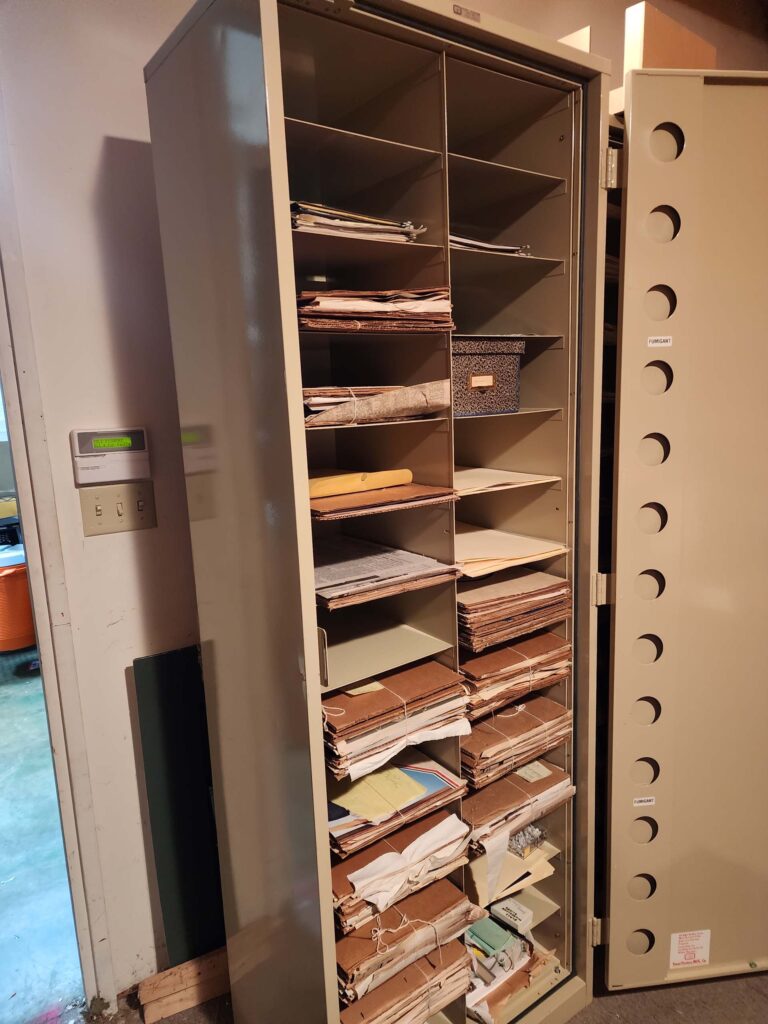
Turtle Bay staff reached out to Shasta Chapter CNPS for help. We in turn reached out to several local organizations that might be able to put the cabinets to good use. Brooke Thompson with Redding Bureau of Land Management (BLM) was the first to respond—with an enthusiastic, “yes!” The Redding office was in need of a second herbarium cabinet and no funding was available to purchase one. Brooke also checked with her colleagues; the Ukiah BLM office was equally enthusiastic about obtaining an herbarium cabinet—and had never had one before! The cabinets will be used to store voucher specimens collected as part of BLM’s Seeds of Success (SOS) program, which is a nationwide program to collect, conserve, and develop native plant materials for restoration projects; some of the seeds are also reserved for long-term seed-bank storage and species conservation.
The fate of the pressed specimens is still undetermined. Some are beautifully mounted and labeled, others remain in newspaper sheets awaiting identification. We have reached out to the Ahart Herbarium at CSU, Chico, and expect that they will incorporate a number of the plants into their collection. However, we have not yet head back. In any case, some work will be needed to prepare better labels for the specimens before they can be donated. This means we have a new volunteer opportunity! If you’d like to help sort through the collection and prepare new labels, we have just the job for you! Please contact shastacnps@gmail.com to volunteer.

One of the most intriguing items found in the depths of the herbarium cabinets was a file box of pressed wildflowers. The flowers were collected by Carolyn Bond in the 1960s. Carolyn was an elementary school teacher who became deeply involved in the Redding Museum projects, which included the Museum in Caldwell Park, along with the Carter House Science Museum. She was a charter member of the museum, joining in 1963. She served as the Director of the Museum for over 12 years. Later she became a founding member of the Turtle Bay Arboretum Exploration Park. Although the collection has great educational value, it is unlikely to be accepted by the Ahart Herbarium. If you know of a high school or other possible repository for this work of love, let us know! ~Don Burk, Rare Plants Chair
